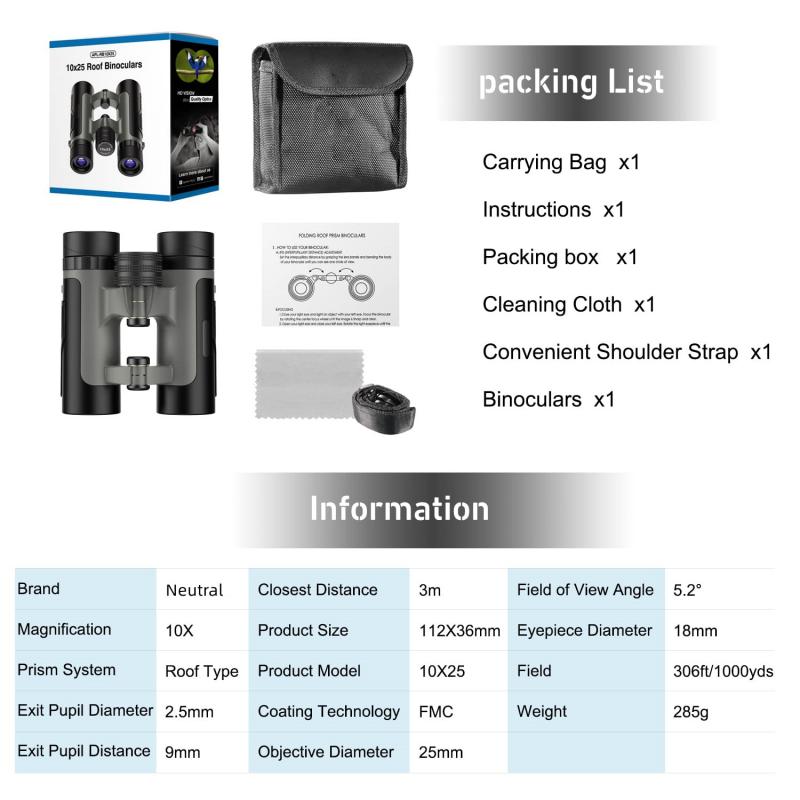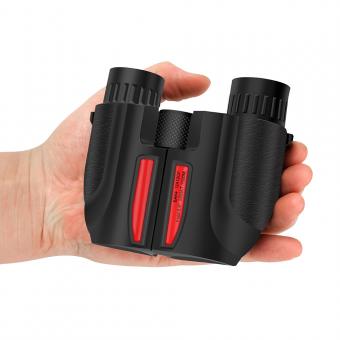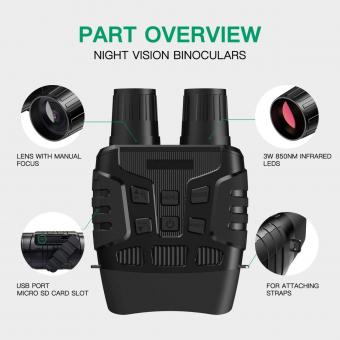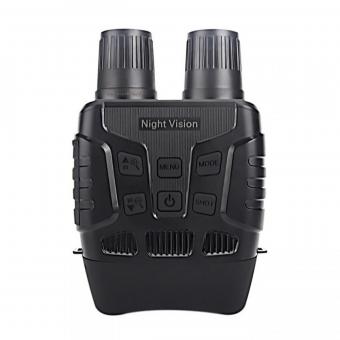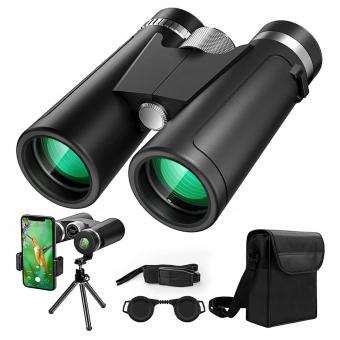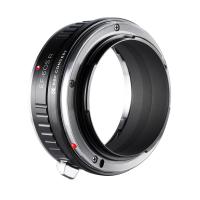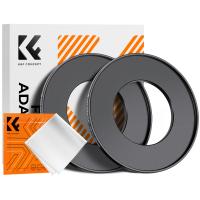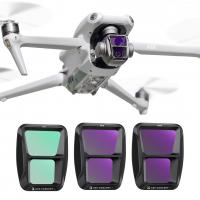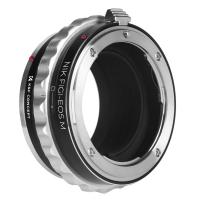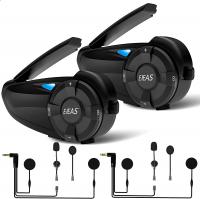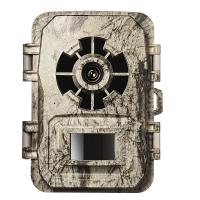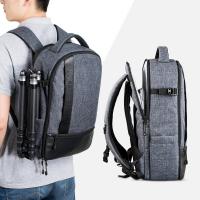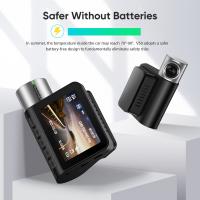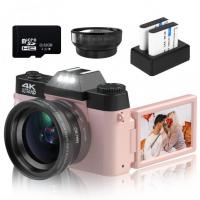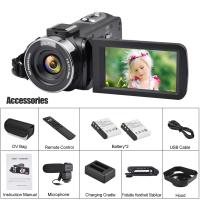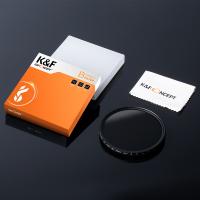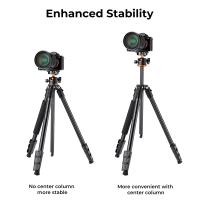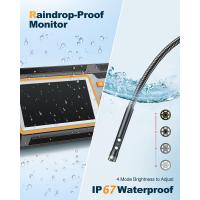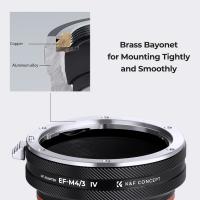How Far Can You See With 12x50 Binoculars ?
With 12x50 binoculars, you can typically see objects that are up to 12 times closer than with the naked eye. The "12x" refers to the magnification power, meaning the object will appear 12 times larger than it would to the naked eye. The "50" refers to the diameter of the objective lens in millimeters, which determines the amount of light the binoculars can gather. This larger lens diameter allows for better light transmission and improved visibility in low-light conditions. However, the actual distance you can see with these binoculars depends on various factors such as atmospheric conditions, the size and contrast of the object, and your own eyesight.
1、 Magnification power of 12x in binoculars for long-distance viewing.
With a magnification power of 12x, binoculars are ideal for long-distance viewing. The first number in the binocular specification, 12x, represents the magnification power, which means that the object you are viewing will appear 12 times closer than it would with the naked eye. The second number, 50, refers to the diameter of the objective lens in millimeters. This larger lens diameter allows more light to enter the binoculars, resulting in brighter and clearer images.
However, it is important to note that the magnification power alone does not determine how far you can see with binoculars. The distance you can see depends on various factors, including atmospheric conditions, the size and contrast of the object, and the observer's visual acuity.
Under optimal conditions, such as clear weather and good lighting, 12x50 binoculars can provide a detailed view of objects that are several miles away. For example, you can easily observe wildlife in a nature reserve, spot birds in the sky, or even enjoy the details of a distant landscape. The high magnification power allows you to see fine details that would be difficult to discern with the naked eye.
It is worth mentioning that the maximum distance you can see with binoculars is not limitless. Beyond a certain point, the image quality may start to degrade due to factors like atmospheric haze or heat distortion. Additionally, the stability of your hands or the use of a tripod can also affect the clarity of the image at higher magnifications.
In conclusion, 12x50 binoculars are excellent for long-distance viewing, allowing you to observe objects that are several miles away with enhanced clarity and detail. However, the actual distance you can see depends on various factors, and it is always recommended to consider the specific conditions and limitations of your binoculars.
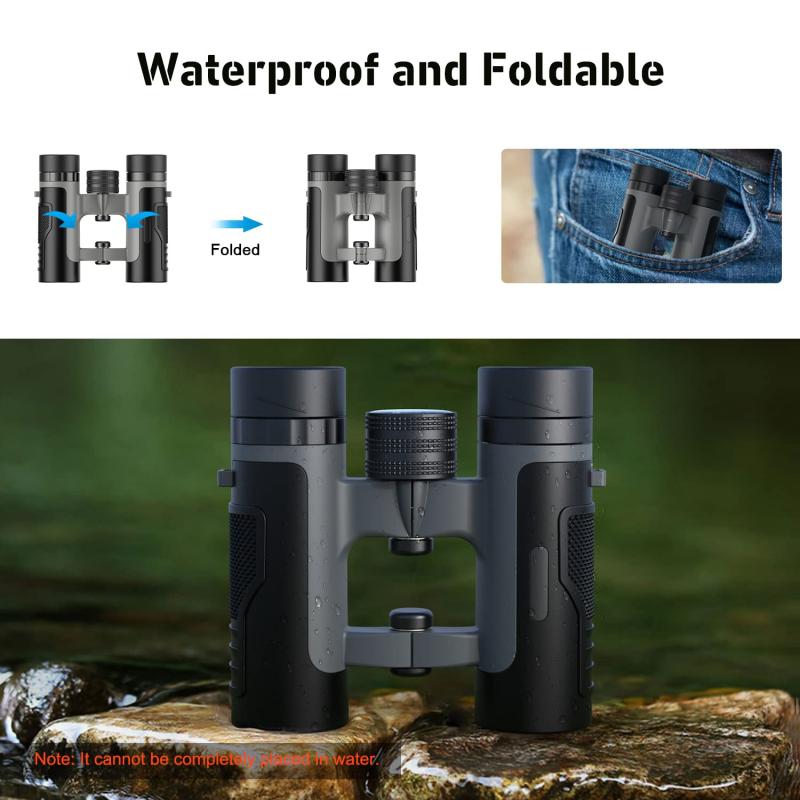
2、 Objective lens diameter of 50mm for enhanced light gathering.
With 12x50 binoculars, you can expect to have a clear and detailed view of objects that are relatively far away. The numbers 12x50 indicate the magnification power and the objective lens diameter respectively. The magnification power of 12x means that the object you are observing will appear 12 times closer than it would to the naked eye. This level of magnification is quite powerful and allows for a more detailed view of distant objects.
The objective lens diameter of 50mm is also significant as it enhances light gathering capabilities. A larger objective lens diameter allows more light to enter the binoculars, resulting in brighter and clearer images. This is particularly useful in low-light conditions or when observing objects at a distance.
However, it is important to note that the distance you can see with 12x50 binoculars is not solely determined by the specifications of the binoculars. Factors such as atmospheric conditions, the size and contrast of the object, and your own eyesight can also affect the maximum distance you can see.
In general, with 12x50 binoculars, you can expect to see objects that are several hundred yards away with good clarity and detail. However, it is worth mentioning that the quality of the binoculars themselves also plays a role. Higher quality binoculars with superior optics and coatings may provide better image quality and extend the maximum distance you can see.
It is always recommended to test out the binoculars in different conditions and environments to get a better understanding of their capabilities. Additionally, it is important to remember that binoculars are not meant for extreme long-range viewing, and if you require even greater magnification, you may need to consider other optical devices such as spotting scopes or telescopes.
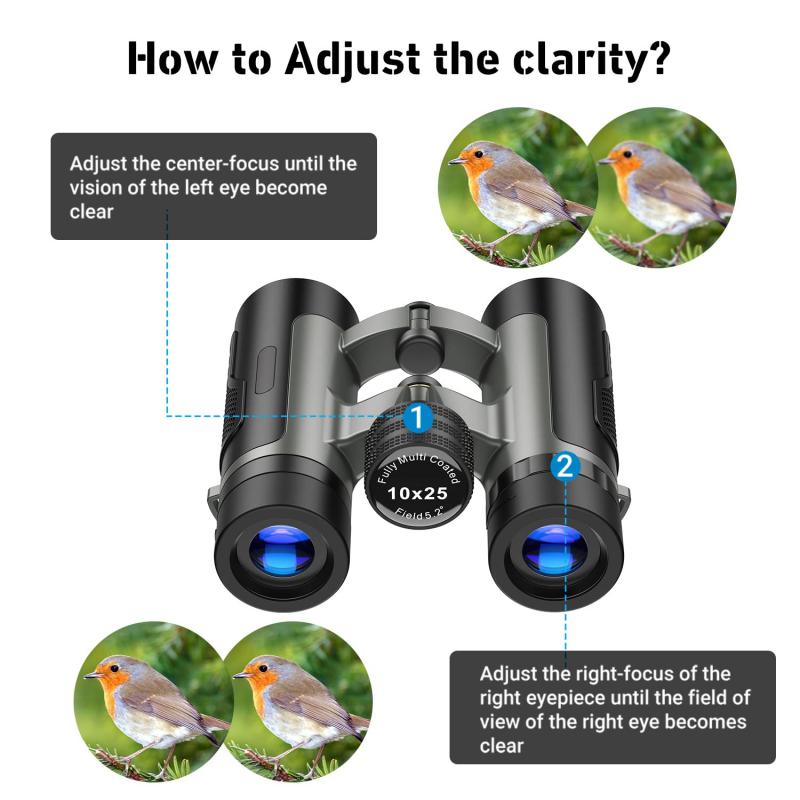
3、 Maximum viewing distance with 12x50 binoculars.
The maximum viewing distance with 12x50 binoculars can vary depending on various factors such as atmospheric conditions, the object being observed, and the user's eyesight. However, as a general guideline, 12x50 binoculars typically offer a maximum viewing distance of around 1,000 yards or 914 meters.
The first number in the binoculars' specifications, "12x," refers to the magnification power. This means that the object being observed will appear 12 times closer than it would to the naked eye. The second number, "50," represents the diameter of the objective lens in millimeters. A larger objective lens allows more light to enter the binoculars, resulting in brighter and clearer images.
With a 12x magnification, distant objects can be brought closer, allowing for detailed observation. However, it's important to note that higher magnification also amplifies any hand movements, making it more challenging to maintain a steady image. Therefore, using a tripod or stabilizing the binoculars against a solid surface can greatly enhance the viewing experience.
Additionally, atmospheric conditions play a significant role in determining the maximum viewing distance. Factors such as haze, fog, or pollution can reduce visibility and limit the effective range of the binoculars. Similarly, the user's eyesight can also impact the maximum viewing distance. People with better eyesight may be able to see objects at greater distances compared to those with poorer vision.
In conclusion, 12x50 binoculars offer a maximum viewing distance of approximately 1,000 yards or 914 meters. However, it's important to consider external factors such as atmospheric conditions and individual eyesight when determining the actual range of clear visibility.
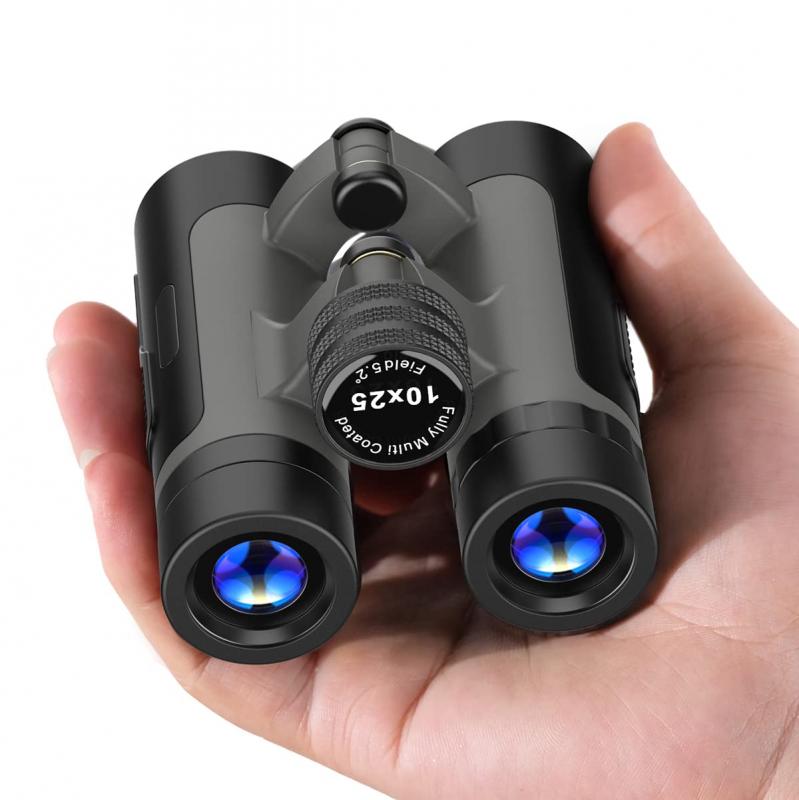
4、 Factors affecting visibility range with 12x50 binoculars.
Factors affecting visibility range with 12x50 binoculars can vary depending on several factors. The 12x50 specification refers to the magnification power and objective lens diameter of the binoculars. The magnification power of 12x means that the object being viewed will appear 12 times closer than it would to the naked eye. The objective lens diameter of 50mm determines the amount of light that can enter the binoculars, which affects the brightness and clarity of the image.
One of the main factors affecting visibility range is atmospheric conditions. Factors such as humidity, haze, and air pollution can reduce visibility and make distant objects appear blurry or indistinct. Additionally, weather conditions like rain, fog, or snow can further limit visibility range.
Another factor is the quality of the binoculars themselves. Higher quality binoculars with superior optics and coatings can provide clearer and brighter images, allowing for better visibility range. Cheaper or lower quality binoculars may not provide the same level of clarity and brightness, limiting the distance at which objects can be seen.
The observer's eyesight also plays a role in visibility range. People with better eyesight may be able to see objects at greater distances compared to those with poorer eyesight. Additionally, factors such as age and eye conditions like astigmatism or nearsightedness can affect an individual's ability to see distant objects clearly.
Lastly, the visibility range with 12x50 binoculars can also be influenced by the size and contrast of the object being viewed. Larger and more contrasting objects are generally easier to see at greater distances compared to smaller or less contrasting objects.
In conclusion, the visibility range with 12x50 binoculars can be affected by atmospheric conditions, the quality of the binoculars, the observer's eyesight, and the size and contrast of the object being viewed. It is important to consider these factors when using binoculars to determine the maximum distance at which objects can be seen.
